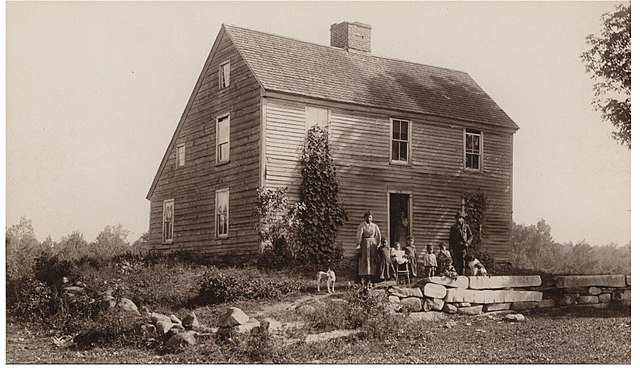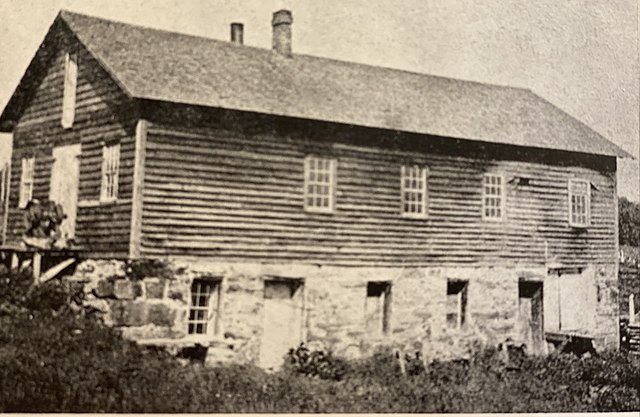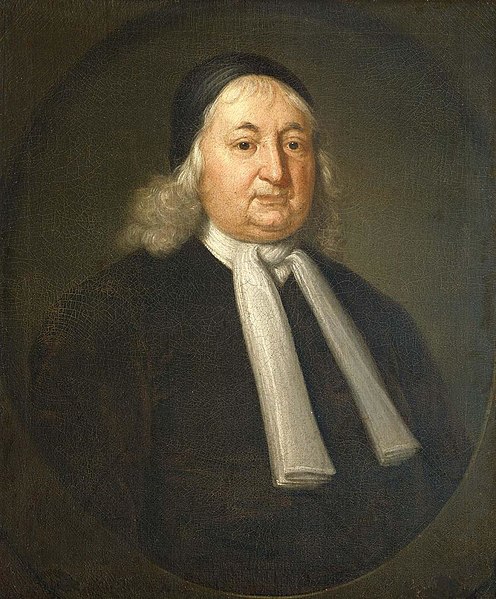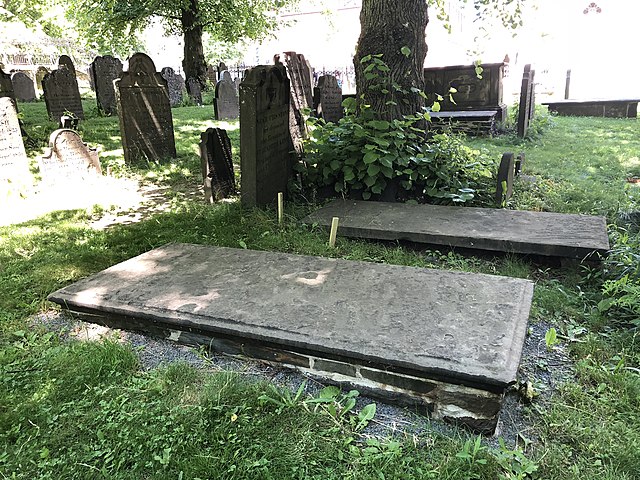John Brown (abolitionist)
John Brown was a prominent leader in the American abolitionist movement in the decades preceding the Civil War. First reaching national prominence in the 1850s for his radical abolitionism and fighting in Bleeding Kansas, Brown was captured, tried, and executed by the Commonwealth of Virginia for a raid and incitement of a slave rebellion at Harpers Ferry in 1859.
Brown in a photograph by Augustus Washington, c. 1846–1847
The house in which Brown was born, in Torrington, Connecticut, was photographed in 1896 and destroyed by fire in 1918.
John Brown's Tannery, in 1885
Mary Ann Brown (née Day), wife of John Brown, married in 1833, with Annie (left) and Sarah (right) in 1851
Abolitionism in the United States
In the United States, abolitionism, the movement that sought to end slavery in the country, was active from the colonial era until the American Civil War, the end of which brought about the abolition of American slavery, except as punishment for a crime, through the Thirteenth Amendment to the United States Constitution.
Collection box for the Massachusetts Anti-Slavery Society, c. 1850
Thones Kunders's house at 5109 Germantown Avenue, where the 1688 Germantown Quaker Petition Against Slavery was written
Samuel Sewall (1652–1730), judge who wrote The Selling of Joseph (1700) which denounced the spread of slavery in the American colonies
Grave of Benjamin Kent, lawyer who freed a slave in America (1766)








